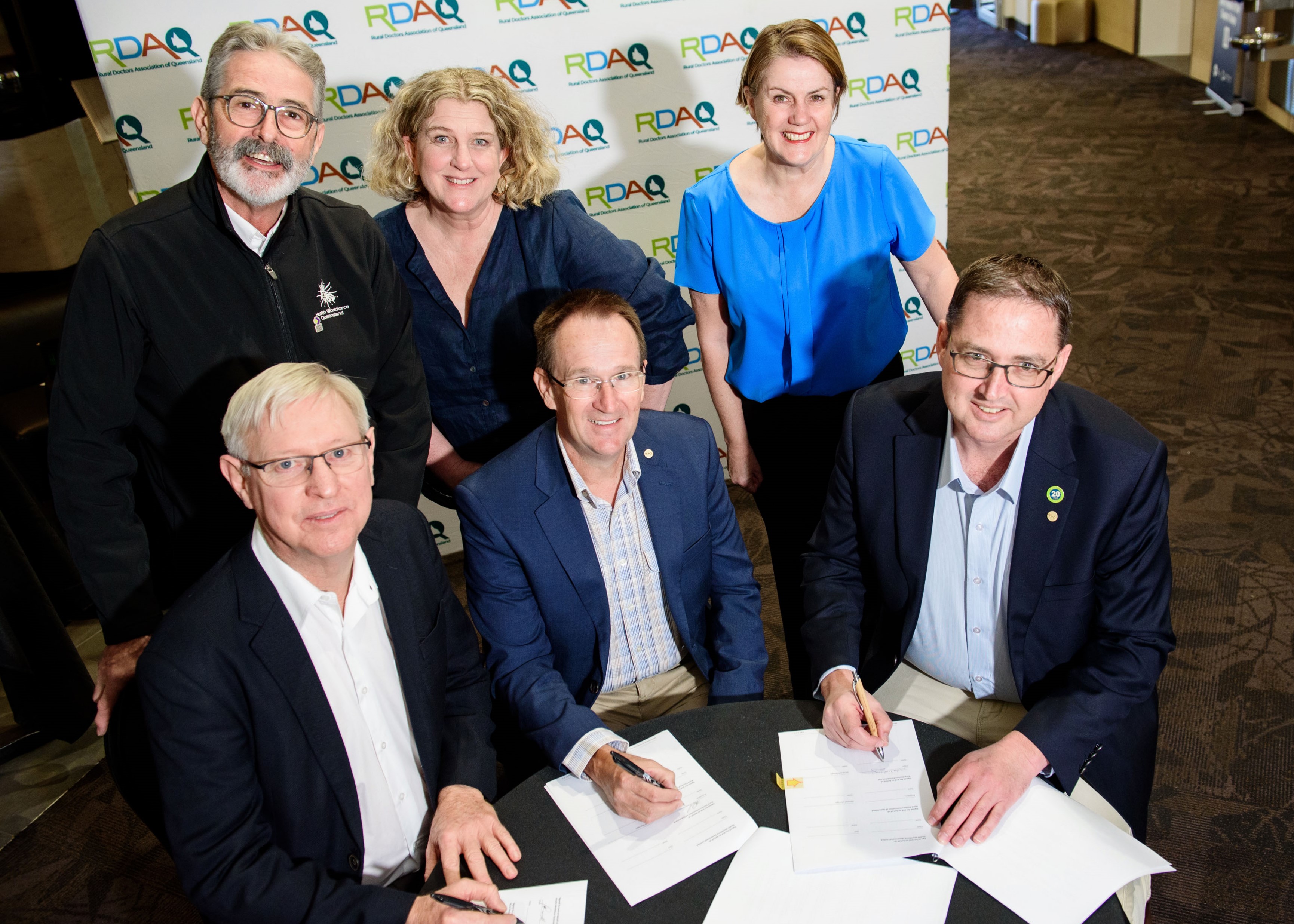KEEP IN TOUCH
(07) 3105 7800
Turrbal and Jagera Country
Level 4, 348 Edward Street
Brisbane QLD 4000
(07) 3105 7800
Turrbal and Jagera Country
Level 4, 348 Edward Street
Brisbane QLD 4000

Workforce Shortages
It is my observation that there are a range of reasons we are experiencing shortages of health workforce across Australia, and specifically remote and rural Queensland. It is clear that the current policy settings, fragmented funding arrangements (Medicare freeze) and the split governance and accountability between the State and Federal governments require significant reform to ensure that we, as a country, can care for those needing primary health care.
COVID-19 has also impacted on the supply of health workforce so we must find alternative and innovative models of health care and service delivery arrangements to meet these significant challenges.
Health Workforce Queensland is collaborating with a number of stakeholders to explore alternative and innovative health workforce strategies. We are also beginning to explore technologies that can provide improved primary health care services for remote and rural communities.
HWNA Findings
Our annual Health Workforce Needs Assessment (HWNA) report has just been released. With a focus on the primary health care landscape, the HWNA identifies high priority locations, professions and workforce requirements to develop and support evidence-based and effective models of service delivery in remote and rural Queensland. This report guides our efforts to where these are most needed. You can read this report on our website.
Rural Doctors Association of Queensland, Rural Doctors Foundation and Health Workforce Queensland, Memorandum of Understanding (MoU)
A triparty Memorandum of Understanding (MoU) between Health Workforce Queensland, Rural Doctors Association of Queensland and Rural Doctors Foundation Ltd was signed at RDAQ 2022 on 13 June 2022.
The MoU seeks to provide the framework to enable strategic partnership approaches on health workforce development and support activities specifically, future workforce, international medical graduates, communities of concern and family supports. See picture below.
DPA changes and impact on remote and rural communities
The Hon Mark Butler MP, Minister for Health and Aged Care, recently announced an update to the Distribution Priority Area (DPA) classification system to include automatic DPA classification to all areas classified as Modified Monash (MM) 2. This means that all MM2 to MM7 areas are now automatically classified as a DPA.
The extension of the DPA classification system will have a negative impact on remote and rural communities as doctors can secure placements in large regional and some outer-metropolitan areas. I acknowledge the health workforce shortages across outer-metropolitan areas however remote and rural communities have had a significant struggle over the past 30 years to attract and retain doctors. We will monitor the impact this change will have on remote and rural communities and will provide evidence to the Minister for Health and Aged Care and Department of Health officials.
National Rural Health Alliance Conference (NRHC 2022)
The National Rural Health Alliance Conference was held in Brisbane from 2 to 4 August 2022. It was a wonderful opportunity to gather with a broad range of rural health professionals, community leaders and rural health professional organisations to share and explore opportunities for improving health workforce and health care delivery in rural Australia.
Meredith Connor, Team Leader Future Workforce, and David Wellman, Senior Data Analyst, presented on GROW Rural: evaluation of an innovative inter-disciplinary rural immersion program. Sarah Venn, Executive Manager Workforce & Service Planning presented a poster on Collaboration and commitment: keys to progressing innovative workforce strategies.
Chris Mitchell
CEO, Health Workforce Queensland

Image - Signing of the Memorandum of Understanding (MoU) between Rural Doctors Association of Queensland, Rural Doctors Foundation and Health Workforce Queensland.